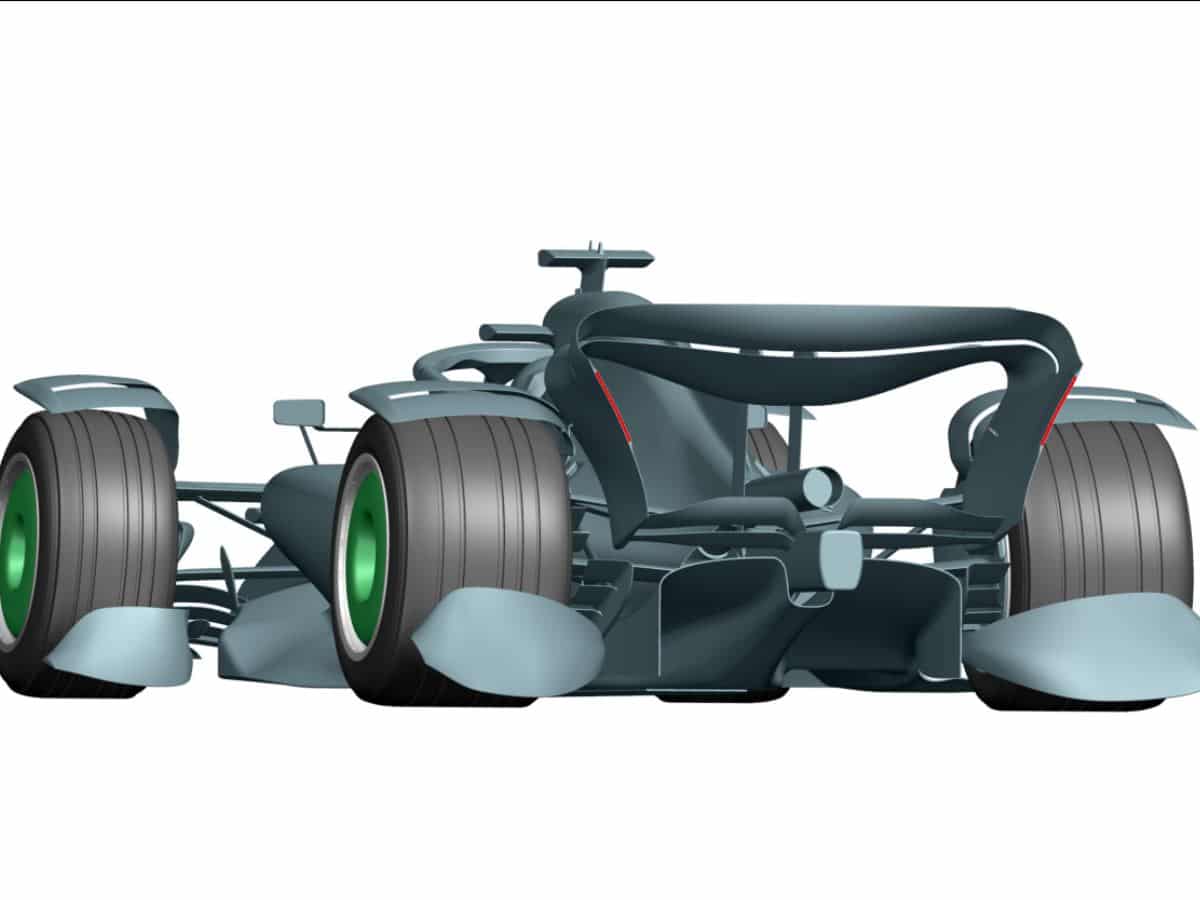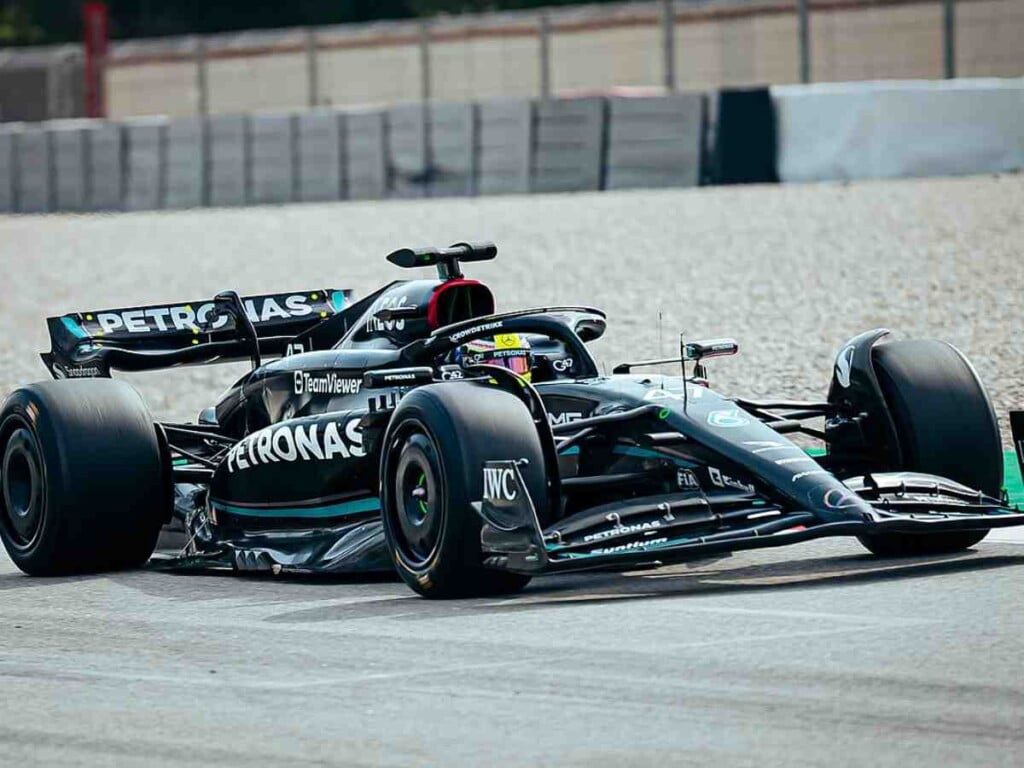FIA’s resilient spirit on the show as ‘spray guards’ images released, despite a testing setback
FIA's breakthrough 'spray guard' invention aims to conquer rainy racing obstacles.

Formula One's new spray guards (Image credit: Racefans.com)
Ahead of the 2023 Hungarian Grand Prix, the FIA revealed the first pictures of their innovative “spray guards,” designed to address the issue highlighted during the red-flagged Belgian GP of 2021. While the initial track running of the prototype wheel arches did not yield instant success, it was a valuable and necessary step in data gathering and correlation.
Despite not achieving immediate success, the trial run served as an essential starting point for the FIA in tackling the problem of visibility and safety concerns caused by wet weather conditions. The FIA can now use the data collected from the initial test to refine and improve the spray guards further.
The FIA remains committed to addressing this issue and ensuring the safety and fairness of the races in all weather conditions. They will continue to work closely with teams and drivers to gather feedback and make necessary adjustments to the spray guards.
Implementing effective spray guards may have encountered a setback. Still, it is crucial to emphasize that progress and innovation often come from learning and adapting from initial challenges. The FIA’s dedication to addressing this problem demonstrates its commitment to the sport’s continuous improvement and safety.
Also read: Why did F1 abandon the LED wheel cover plan for 2024?
FIA’s unyielding efforts to avoid a repetition of the 2021 Belgian Grand Prix

The contentious Belgian race drove efforts to enhance visibility and minimize spray. The objective was to devise a solution for extreme rain situations when regular racing would not be feasible. Cars could install this part during adverse weather conditions. These wheel covers, or spray guards tested at Silverstone were the result of significant effort
These prototypes consist of two parts: one covering the upper part of each wheel and a secondary element resembling a sideways bargeboard situated close to the ground. They are connected to the upright, allowing them to move along with the wheel. The main goal of the day was to collect data and evaluate how the guards work in a functioning F1 car.
During the test, Mercedes adapted a W14 car for Mick Schumacher to drive on a wet section of Silverstone, equipped with the new devices. McLaren’s Oscar Piastri served as a reference, showcasing the spray produced by a regular car. He also followed the Mercedes car, providing vital feedback on the visibility impact.
In case you missed it:
- Daniel Ricciardo reveals his primary goal ahead of dramatic F1 return with AlphaTauri in Hungary
- Red Bull’s supposedly copied Aston Martin and McLaren’s sidepods for Hungarian GP upgrades












Elaine D'Cruz
(246 Articles Published)